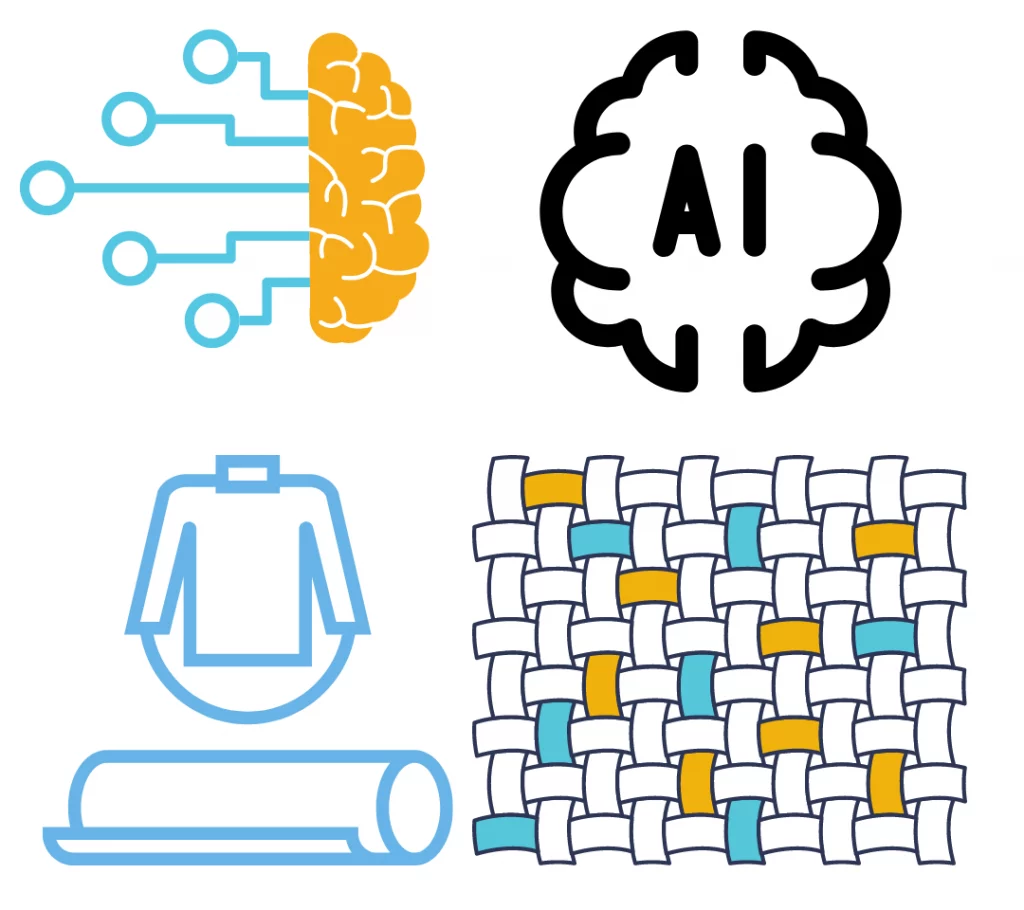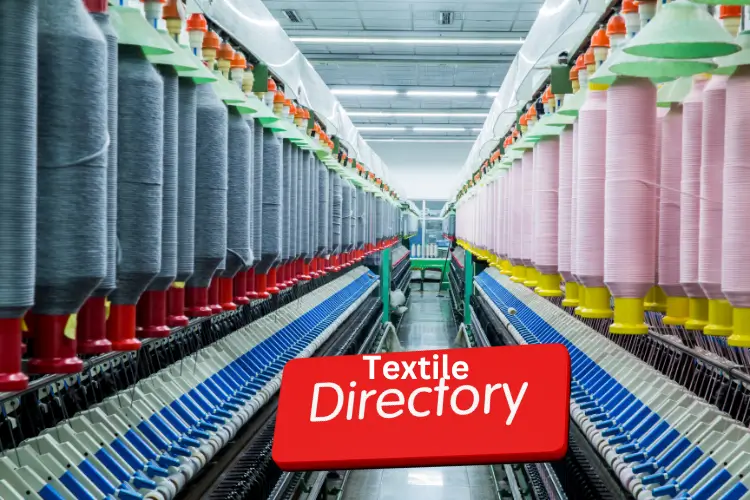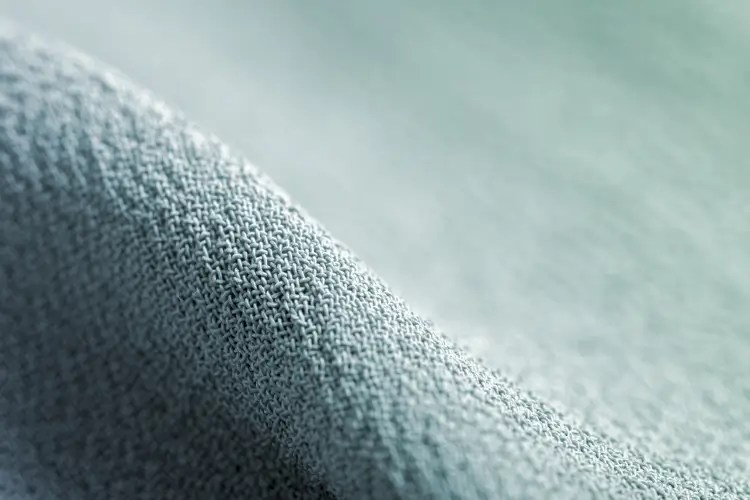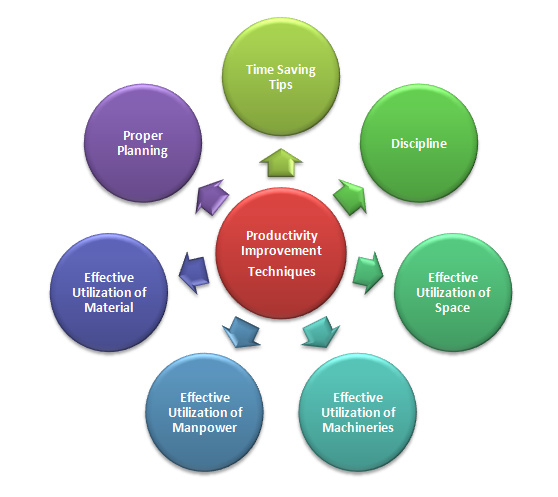How Data Mining and Machine Learning Is Transforming Textile Industry
It’s no surprise that technology has been advancing over the years. Nowadays, technology has become:
- Simplified
- Easy
- Automated
- Advanced
- Smarter, and so on…
In fact, technology has already made waves in the textile industry. How people wear clothes, make clothes, and make fashion statements comes from the evolution of the textile, thanks to technological advancements. And, it’s because of this advancement of technology that consumers have seen the following trends come into fruition:
- Wearable technologies
- Smart fabrics
- Smart clothes, etc.
But why all the excitement in technology?
While the textile industry is a booming business, it still comes with its caveats. While there are over 25 million people employed in this industry worldwide – generating a revenue of over $450 billion (as of 2017) – times are still changing. From rising labor and manufacturing costs to meeting consumer demands, it seems that the textile industry can benefit from technology.
How? Through data mining and machine learning!
In this overview, we will discuss why data mining and machine learning are essential to the textile industry. We will showcase few of many benefits that will rise in said industry.
Why Data Mining and Machine Learning?
“Data mining and machine learning are already the pioneers of more advanced technology,” says tech blogger Greg Samson. “Data mining brings to the table heavy analysis when it comes to understanding information and such. Machine learning, on the other hand, is a major component of artificial intelligence, which automates things, especially technological tasks. When both are used in industries like textile, they can help do wonders for one of the titans of the consumer world.”
Therefore, in the case of the textile industry, data mining and machine learning are beneficial in the following ways:
Find Defects in Textile
First, defects can happen in any industry, including textile.
Suppose a textile company is making picnic blankets with, say, checkered prints. What would happen if the checkered pattern is thrown off by a glitch in the production machinery, or by a human error? Or, someone doesn’t see the inconsistencies in the patterns? Those are considered defects.
Now, if this defect isn’t noticed until it’s on the market – when someone buys the picnic blanket, and sees the error – that wouldn’t look good to consumers. Therefore, spotting the defects before going to market is a must.
However, human textile workers might make mistakes when looking for defects in fabric. One of the main mistakes would be unknowingly missing defects in the fabric. When defects aren’t spotted in time, they can reduce the value of the textile significantly.
But with data mining and machine learning, defects can be spotted more often, rather than have the textile company leave anything to chance. When expectations are found in the company’s database (thanks to data mining), and when machine learning is fed said expectations, textile machinery can operate more efficiently and “learn” to not make any defects in the fabric. Should the machinery make a mistake, it would spot it right away.
Color Matching
Colors are a crucial part of textile. Colors are responsible for the following:
- Patterns
- Customizations
- Creating variety in a product
- Branding
- Establish feeling
- Grabbing consumers’ attention, etc.
Color is especially a prolific part of the fashion industry. When someone wears a certain color or two, they make a statement. Thus, based on the color that the person wears, they showcase a certain reputation, and they grab people’s attention.
So, when data mining and machine learning are involved in textile coloring, the results are evident. Data mining looks at the successful combinations of colors that have worked for a company. Then, machine learning is fed which colors are acceptable and unacceptable in the business, and makes sure that it prioritizes the right colors in the fabric.
Pattern Study
Patterns in textile can take on many forms, including:
- Prints (e.g. plaid, checkered, etc.)
- Spots
- Knits
- Weaves
- Braids, etc.
These are considered fabric patterns, seeing that they help to make different kinds of fabric.
Now, patterns can be very complex, especially in textile.
“Looking for patterns are one of the biggest jobs in textile,” says journalist Amber Cambridge. “However, humans looking for patterns can come with its own issues. The main caveat to human inspection of textile is that some people may overlook certain patterns in a piece of fabric. While no one is perfect in attention to detail, humans are still vulnerable in their flaws, including overlooking patterns either by accident or on purpose.”
The causes? Humans might miss patterns due to the following causes:
- Focusing on only “minor” details
- Fatigue
- Rushing through a project
- Multitasking, and so on…
These can lead to many errors – from the minor to the major.
The good news is, data mining and machine learning can ensure that less mistakes are made, and that work is less of a burden for humans. First, machine learning may involve feeding important information on the right and wrong patterns to an AI-based machine. From there, data mining can look for the recommended patterns, or what’s considered “suitable” for textile patterns.
Fabric Grading
Finally, fabric grading is another major part of the textile industry. Fabric grading refers to “grading” fabric texture based on the look and feel. Fabric grading evaluates the following:
- The strength of the fabric
- The fineness of the material
- The staple length of fabric fibers, etc.
Traditionally, human vision and touch have covered this responsibility. However, this task is prone to subjective testing, meaning that mistakes will happen due to human error.
But with data mining and machine learning, testing the fabric is more objective rather than subjective. In other words, the grading process is more precise, and can give companies more consistent results.
Conclusion
As you can see, data mining and machine learning have the potential to transform the textile industry for the better. From helping find defects, to matching the right colors, to finding patterns, to making the fabric grading process easier, data mining and machine learning are becoming essential to an ever-evolving industry. Therefore, as technology continues to grow smarter, so will the textile industry.
George J. Newton is a writer and editor at Essay Writing Service. As a content writer, he writes articles about coding, data mining, and other related tech trends.




